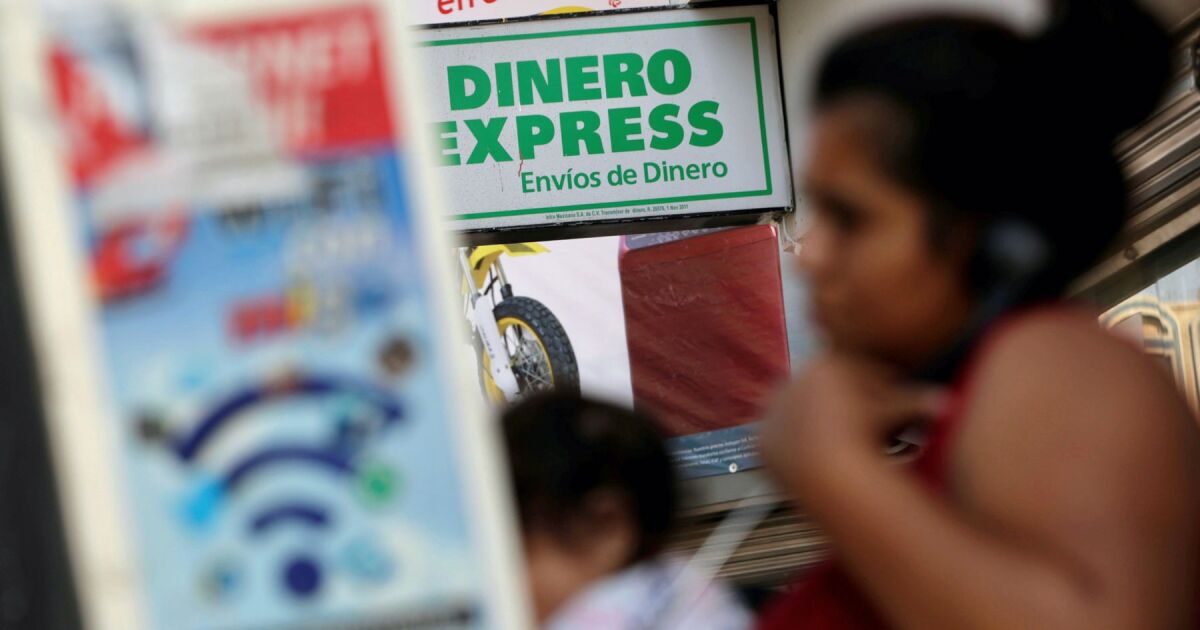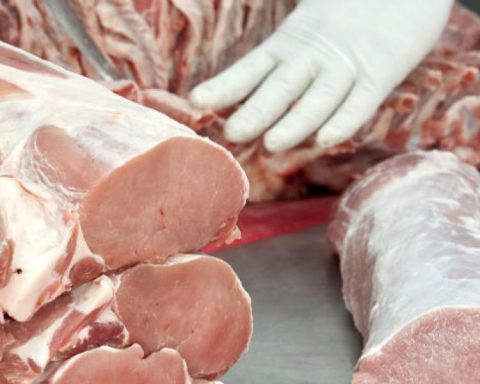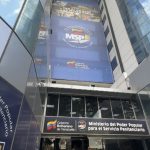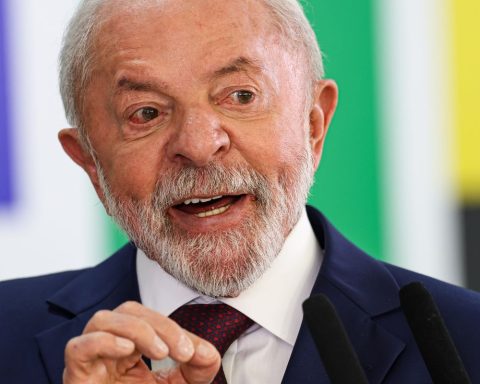Analysts note that the current government’s policies to increase the minimum wage, as well as government transfers, were part of the strategy to increase household consumption and thus foster economic growth.
“We have seen these increases in the minimum wage of around 20% on average during López Obrador’s six-year term, and at the same time a wage policy in the private sector that has been combined to result in an average annual increase of approximately 10% during the last few quarters,” says Gabriel Lozano, chief economist at JP Morgan in Mexico. “I think that the economic policy that has been followed during the last few years has sought precisely to give a much more noticeable force to private consumption,” he adds.
Since December 2018, the government announced that the minimum wage would increase from 88.36 pesos to 102.68 and to 176.72 pesos in the border area. These increases were recorded in the following years at rates of 20%, with the exception of 2021 when, due to Covid-19, the increase was 16%.
During the pandemic, consumption was focused on durable goods due to the need of Mexicans to spend more time at home working and buying goods such as computers and furniture. In addition, the ability to save increased, according to data from the Mexican Banking Association.
Another factor that played in favor of consumption was the historically low unemployment rate that has been observed in recent years, below 3%. Although JP Morgan warns that this strength in formal employment is showing signs of weakness: in May and June of this year, the Mexican Social Security Institute (IMSS) recorded negative numbers in job creation.
“Despite the fact that we had particularly high inflation, the real increases in wages had resulted in a net increase that was quite favourable for the consumer,” adds Lozano.
During his six-year term, President Andrés Manuel López Obrador also promoted the distribution of support for senior citizens, which increased over the years from 1,160 pesos every two months to 6,000 pesos at the end of his administration. Support was also given to the countryside, with the Sembrando Vida program; to students with the Becas del Bienestar (Well-Being Scholarships), as well as resources for people with disabilities.
Lozano points out that these programs, despite having certain risks for financial stability and public finances, have helped consumption to maintain a good pace.
Question of remittances
It was not only the government’s efforts that were responsible; since 2020, remittances arriving in Mexico have registered double-digit growth.
“Before the pandemic, people who received remittances used them to buy land, build another room in their house, change the washing machine or the refrigerator. And now they have used it more for current consumption; the remittance practically arrives and is automatically spent,” says Gabriel Casillas, chief economist at Barclays. Remittance data has also shown signs of slowing: since October of last year, remittance growth has been in single digits, when since the pandemic they had been growing in double digits.
Another change that occurred since the pandemic was the work dynamics, which already allowed the scheme of home office and Mexico received foreign tourists who boosted consumption. “During the pandemic, the doors were not closed to tourists, to international travelers, this allowed the medium-term settlement of a good number of foreigners, who also laid the groundwork for much faster consumption in different sectors of the economy. So, all this was highlighting a stronger consumption from the discretionary spending side,” adds the JP Morgan economist.
The arrival of López Obrador to the presidency also strengthened consumer confidence, as measured by Inegi. “In Mexico, consumer confidence is a political indicator; consumer confidence and presidential approval go hand in hand,” Casillas points out.
Consolidated credit
Consumer credit has also shown resilience. Lozano explains that bank credit is growing at approximately three times the pace of economic activity.
Consumer credit has performed better than credit to companies or governments. Consumer credit represents more than half of the credit granted by banks and since the second quarter of 2022 it has registered double-digit growth, according to data from Banxico.
But this good performance and dynamism seems to be coming to an end and, together with a slowdown in the economy, a lower dynamism in consumption is expected. “We are entering the mature stage of the economic cycle; this means that after several years of very accelerated spending, investment levels well above average, both consumers and investors are beginning to moderate the pace of activity,” warns Lozano.
The Bank of Mexico has warned that Mexico’s growth will be 1.5% in 2024, a figure below the 3.2% growth it recorded last year.














